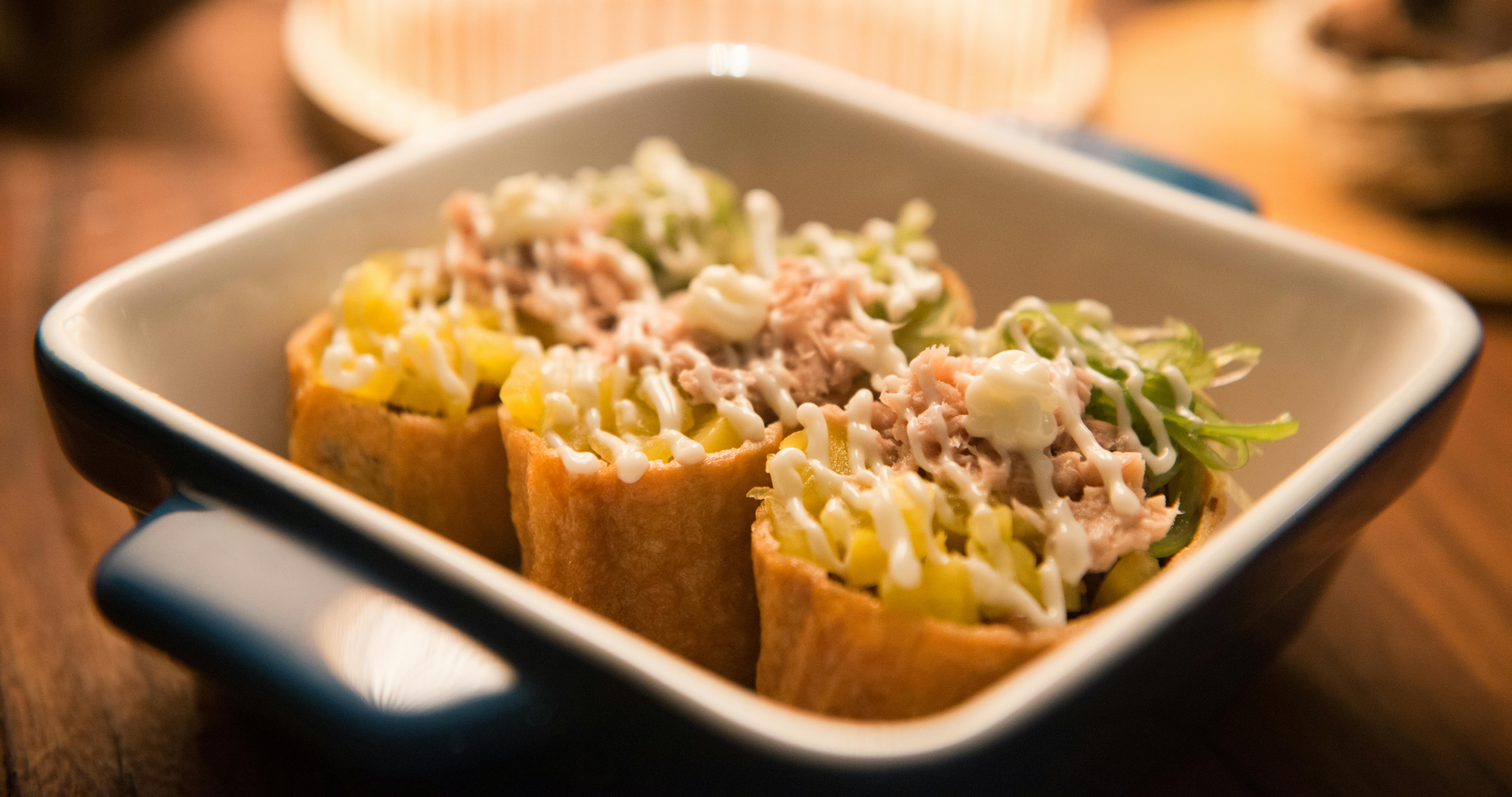Mexico’s Easy Guide to Launching a Healthy Home Meal Delivery Service
Ever wonder why just about every block in Mexico City seems to have a bustling, home-grown food business these days? The answer isn’t as obvious as it sounds. While many folks believe the boom comes from rising health trends alone, I’ve found—in years working alongside local food entrepreneurs—that it’s really about a growing cultural craving for authenticity and convenience, topped with a dash of entrepreneurial grit. What if you could tap directly into this movement, building your own healthy home meal delivery service right from the heart of Mexico’s food scene?
Here’s what struck me back in early 2023: Even before the pandemic supercharged demand, neighborhood cooks were quietly shaping the future of Mexico’s health-focused eating habits1. They weren’t just selling food; they were offering a lifeline for busy families, students, remote workers, and anyone yearning for flavor-packed meals with real nutritional value. If you’ve wondered how to join this wave—without drowning in endless paperwork or logistical headaches—this guide is written for you.
Why Mexico Is Ripe for Healthy Meal Delivery
Let’s get this straight—Mexico’s culinary traditions run deep, from classic moles to plant-based tamales passed down in family kitchen huddles. But what really excites me is how local business owners are reimagining those same recipes for modern, health-conscious lifestyles2. In fact, recent market research shows healthy eating is now the third biggest driver in Mexico’s food sector, behind only price and convenience3.
Mexico ranks among the top five countries in Latin America for home-based food entrepreneurship, and nearly 60% of Mexican consumers surveyed in 2024 reported a preference for ordering healthy meals from local kitchens instead of restaurants4.
I’ll be honest—I’ve watched friends launch meal startups from tiny apartments, rural houses, and even open-air patios. Sometimes it works brilliantly. Sometimes it doesn’t. But there’s a common thread: the businesses that thrive are built on local needs and neighborhood trust, not just “trendy” ingredients.
Successful ventures combine traditional nutrition (think nopales, amaranth, native beans) with flexible delivery formats that suit local routines—from early-morning school drop-offs to late-night desk jockey fuel-ups.
Step 1: Understand the Basics—Local Demand & Health Trends
Three years ago, I would’ve said, “Just start cooking what you love.” What I should’ve realized earlier is that understanding your market—before prepping a single meal—is absolutely crucial for Mexico’s competitive home food scene. According to a 2023 report by the Mexican Ministry of Health5, the fastest-growing food delivery customers are working professionals aged 25-40 and active families prioritizing balanced nutrition.
- Map local demographics—who’s hungry for healthy options?
- Track seasonal eating habits—lent, holidays, local festivals mean fluctuating demand
- Don’t forget dietary trends—vegan, gluten-free, diabetes-friendly, anti-inflammatory
- Compare pricing—find the sweet spot between affordability and value
What gets me every time is the diversity of Mexico’s health priorities. One client last winter wanted green juices and chia puddings; another, high-protein quesadillas with locally sourced chicken. It’s unpredictable. And that means your first job isn’t cooking—it’s listening.
In other words: If you’re willing to adapt, experiment and genuinely respond to feedback, you’ll win loyal customers much faster.
Step 2: Navigating Regulations & Permits (Next)
Before you bust out the blender, let’s cover what’s legally required to run a Mexican meal delivery business safely. Trust me, missing one critical piece can derail months of effort—and yes, I’ve learned this the hard way.
Step 2: Navigating Regulations & Permits
Here’s something I wish someone had told me sooner: getting legally set up in Mexico isn’t exactly “plug and play.” Local and federal requirements overlap, regulations change year to year, and safety standards are non-negotiable. The process is manageable—if you organize early and document everything.
- Register your business with SAT (Servicio de Administración Tributaria) for proper taxation
- Obtain municipal food handling and distribution permits (varies by locality)
- Comply with NOM-251-SSA1-2009—Mexico’s official hygiene for food preparation
- Document allergen control protocols, safety logs, and sanitation schedules
Honestly, the first time I tried to file municipal paperwork, I got sent home three times—incorrect forms, missing proof of address, outdated regulations (true story). What you learn quickly: Chat with local authorities early and don’t just rely on internet forums. Each city—from Guadalajara to Puebla—has its own quirks.
Regulatory tip? Join a local small business association. Ask them about current requirements, get checklists, and share lessons learned. Time saved is stress avoided.
Step 3: Building a Winning Menu—Nutrition Meets Local Flavor
I really get excited at this stage. You have creative control. Honestly, this is where you connect with Mexican food heritage—while reimagining wellness. Nutrition matters, but so does cultural resonance. The best home meal menus feel familiar and innovative at once6.
| Ingredient | Health Benefit | Classic Mexican Use | Modern Healthy Adaptation |
|---|---|---|---|
| Nopales (cactus) | Low calorie, rich in fiber | Ensalada de Nopales | Grilled salad, vegan tacos |
| Amaranth | High protein, gluten-free | Alegría (sweet) | Energy bowls, smoothie topping |
| Black beans | Complex carbs, minerals | Frijoles de la olla | Stuffed grilled veggies, protein bowls |
| Chayote | Antioxidant-rich | Stews, soups | Spiralized salads, intermittent fasting meals |
My approach? Build a rotating weekly menu. Feature two “star ingredients” with guaranteed health benefits, then experiment with local favorites and trending superfoods. Include nutrition breakdowns for each meal—protein, fiber, calorie count, allergy info—and brand trust blossoms.
Rotate regional dishes (think Yucatan’s “sikil pak” or Oaxaca’s “tlayudas”) with modern twists—such as gluten-free tortillas or vegan cheese. Customers love seeing their family’s traditions reimagined for healthier living. Plus, it’s an Instagram goldmine.
- Offer sample sizes for new dishes—gather feedback, revise recipes
- Present “meal kits” for hands-on families—DIY tacos, breakfast bowls
- Highlight seasonal/locally sourced items—adds credibility and flavor impact
- Balance “comfort” foods with ultra-light options—appeals to broad demographics
Step 4: Kitchen Setup, Safety, and Logistics
Now, let’s talk about the place where magic (and plenty of mistakes) happen—your kitchen. I remember frantically rearranging my cramped home workspace before my first health inspector visit, realizing I’d misread a key hygiene standard on refrigeration.
- Use separate zones for raw and cooked foods—minimizes cross-contamination
- Maintain strict cold-chain storage—essential for salads, dairy, animal proteins
- Document cleaning routines—daily logs, deep cleaning, ingredient rotation
- Implement allergen labeling—never rely on memory
Don’t underestimate “plain-looking” details: shelf temperature logs, food handler training badges, and backup power sources. Inspectors notice—and so do customers when you showcase your process online.
Looking ahead—it’s not just about getting started; it’s about sustainable systems. Next, let’s dig into how to sell your vision and use modern marketing tools that actually work in Mexican neighborhoods.
Step 5: Selling Your Vision—Branding, Marketing & Online Tools (Next)

Step 5: Selling Your Vision—Branding, Marketing & Online Tools
Funny thing is, most new Mexican meal delivery ventures I’ve seen make the same rookie mistake: they launch with amazing recipes—but almost zero visibility. If you want those healthy dishes to take off, you’ll need marketing that feels as genuine as your food.
- Create a compelling brand story—why your ingredients matter, your health journey, your local ties
- Set up Instagram, WhatsApp, and Facebook ordering options (90% of orders come through social channels in Mexico7)
- Partner with local gyms, wellness coaches, and nutritionists—joint promotions work wonders
- Encourage user-generated content—photos, testimonials, neighborhood shout-outs
“What are the best platforms for home meal delivery business in Mexico?”
Answer: WhatsApp, Facebook Marketplace, Instagram, and MercadoLibre provide low-cost, mobile-friendly order management, while Rappi and Uber Eats offer broader reach for those ready to scale.
I used to think sleek websites mattered most. Actually, direct messaging and word-of-mouth trumps all—especially in Mexico’s urban corridors and suburbs.
Step 6: Delivery Strategies—Speed, Safety and Sustainability
Picture this: Sunday morning, 27 orders ring in—half need to arrive before 11AM, half are for dinner. Mexico’s street traffic, weather swings, and unpredictable delivery windows can be a pain. Managing delivery right is critical.
- Batch orders by routes—cut fuel costs and maximize freshness
- Use insulated bags—brand them with your logo for professional impact
- Offer “contactless drop-off” for safety—especially popular since 20208
- Test eco-delivery options—bike couriers, public transit, or electric cars
| Challenge | Solution | Tech Integration | Customer Perk |
|---|---|---|---|
| Traffic delays | Real-time map routing | Google Maps, Waze | Live ETA text updates |
| Spoilage in transit | Insulated packaging | Temperature sensors | Refund for cold meals |
| Payment errors | Mobile wallets, cash backup | MercadoPago, PayPal | Quick refunds |
Try piloting a weekly subscription—prepaid, discounted, and bundled with nutrition tips. It’s easier to forecast demand and build loyalty.
Real Success: Mexican Home Meal Startup Case Studies
Case studies make everything real. Just last May, I shadowed “Verde en Casa,” a small Querétaro-based delivery business, scaling from three to 28 orders per day in under six months. They started hyper-local, partnered with two nutritionists, and gathered live WhatsApp feedback—every recipe got tweaked based on user reactions.
- They promoted meals during neighborhood sports events—not random flyers
- Bundled meals with kid-friendly snacks—appealed to mothers as key buyers
- Rewarded repeat customers with personalized offers and handwritten cards
I learned: Genuine relationships drive business. Don’t just follow trends—ask for feedback, showcase responses, iterate constantly.
FAQs, Pitfalls & Expert Pro Tips
Everyone asks: “How do I avoid making big mistakes?” Here’s a digest of pitfalls and what actually works, from real home meal founders:
- Pitfall: Scaling too fast without kitchen upgrades
- Solution: Invest in cold storage first; expand menu gradually
- Pitfall: Ignoring food labeling laws—especially for allergies and gluten
- Solution: Use pre-printed ingredient labels, update with every batch
- Pitfall: Underestimating marketing budget and time
- Solution: Prioritize WhatsApp and local Facebook groups before paid ads
- Pitfall: Neglecting business registration
- Solution: File with SAT and obtain all local permits within your first six weeks
Still learning? That’s natural. I’m still figuring out how best to connect with older customers who prefer phone orders. There’s always another wrinkle to explore.
Next Steps & Future-Proofing Your Service (Coming Up)
Next Steps & Future-Proofing Your Service
At this point, you’ve got the basics and a toolkit to launch. But here’s where the real journey begins. If there’s one thing recent years in Mexico have taught me, it’s that the only certainty is change—fluctuating customer tastes, new regulations, and evolving health science. Future-proofing means staying curious and flexible, never getting too comfortable.
- Continuously survey customers—health priorities change every few months
- Watch for regulatory adjustments—Mexico’s food safety laws update periodically10
- Expand into new delivery formats—group meals, corporate lunch boxes, school nutrition programs
- Experiment with sustainable packaging—biodegradables, reusable containers
Start small—and scale with intention. The healthiest businesses grow from real relationships, local insight, and ongoing listening. Share your journey. Invite feedback. It’s not about perfection—it’s about progress.
References
Sources & Further Reading
What’s my final message? Keep learning, keep sharing. The meal delivery revolution in Mexico is just beginning—it needs more genuine leaders, cultural innovators, and open-hearted founders. Next time you’re deciding what to cook, remember it’s not just about food—it’s about connection and community.



